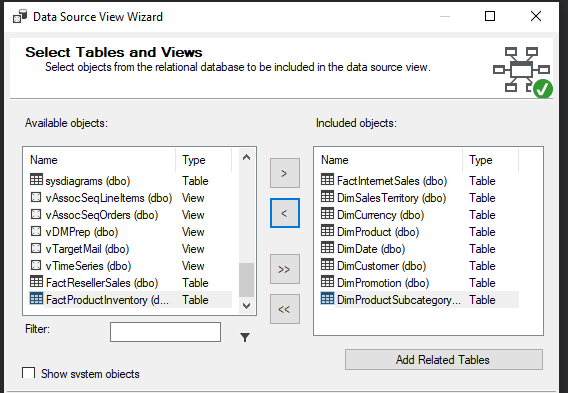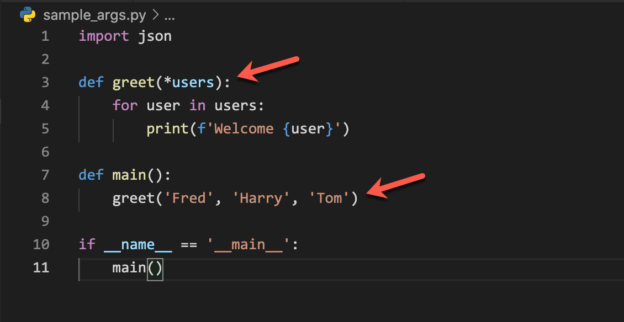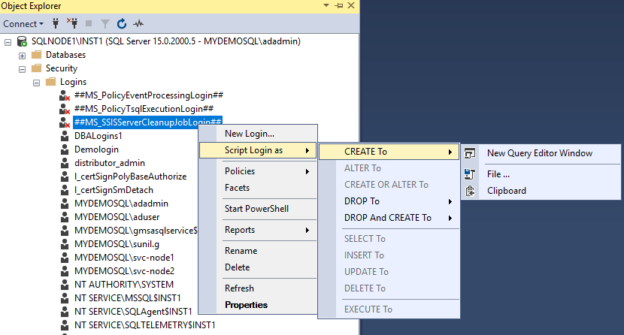In this article, we will explore the Bulk Copy Program tool that is also known as the SQL Server BCP tool. BCP allows us to export data into particular flat-file formats from SQL Server, and it also enables us to transfer data between different SQL Server instances or into the SQL Azure.
Read more »























